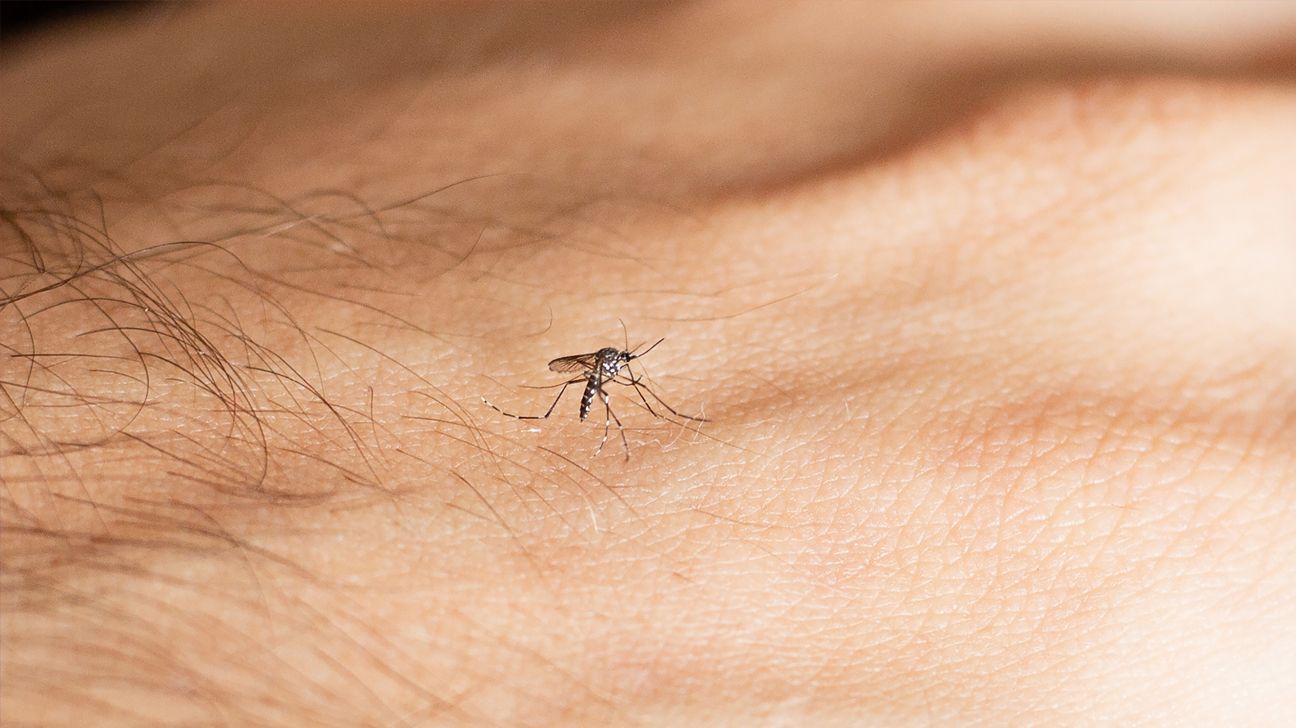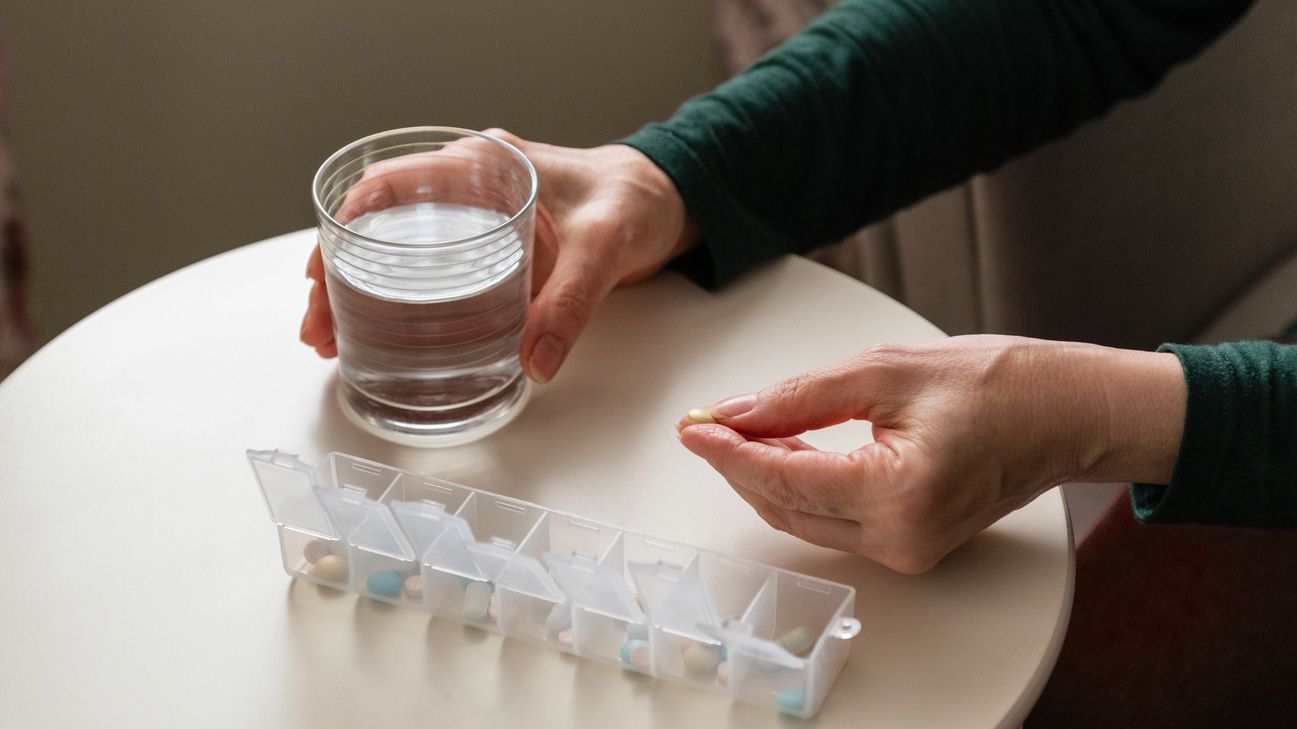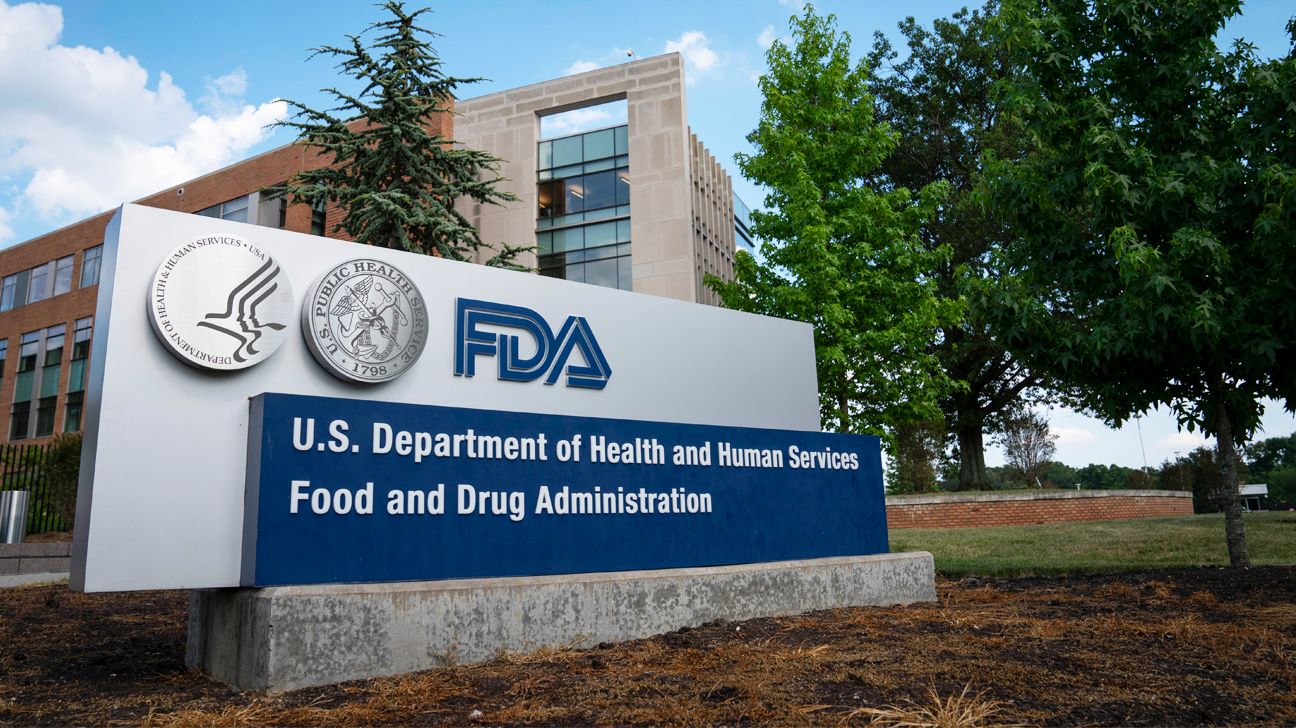Dengue Fever: CDC Issues Alert Amid US and Global Spike in Cases

- The CDC issued an advisory warning doctors and public health authorities to be vigilant as cases of dengue fever rise globally.
- Dengue is transmitted by the Aedes mosquito, and there is no cure. Severe cases, which are rare, can be life threatening.
- As global temperatures rise, experts and the CDC expect the mosquitoes’ territory to expand and dengue cases to increase.
As cases of dengue fever rise worldwide, the Centers for Disease Control and Prevention (CDC) issued an advisory for physicians, public health authorities, and the public in the United States to be alert to the trend.
So far in 2024, cases of dengue fever in countries in the Americas have reached record-breaking levels, with more than 9.7 million reported cases — twice the number for the entire year in 2023 (4.6 million). Puerto Rico declared a public health emergency in March after the World Health Organization declared one in December 2023.
In the mainland U.S., 745 cases have been identified in travelers in the first six months of the year, which is higher than normal. There are no vaccines for anyone who has not previously had a dengue infection, and there is one vaccine for children between the ages of 9 and 16 who have been infected, but the manufacturer has discontinued production due to a lack of demand. In Puerto Rico, for example, available doses are expected to expire in 2026.
There are four strains of dengue, all carried by the Aedes mosquito, which generally lives in tropical and subtropical regions. The hotter and wetter months of the year are typically when cases of dengue peak, but as global temperatures rise, the CDC says, cases will most likely increase each year.
What does dengue fever look like?
Symptoms depend on the severity of the disease. Around 75% of people with dengue fever will not experience symptoms.
Mild symptoms may include a sudden fever of around 104°F (40°C) and one or more of the following:
- aching muscles and joints
- rash
- pain behind the eyes
- nausea and vomiting
- facial flushing
- sore throat
- headache
- red eyes
Symptoms usually last between 2–7 days, and most people feel better after one week. The fever typically persists for at least 24 hours and may spike again.
Between 0.5% and 5% of cases become severe and can be life threatening.
In this instance, the fever typically falls to 99.5 to 100.4°F (37.5 to 38°C). Anywhere between a day and a week later, additional symptoms include:
- abdominal pain or tenderness
- vomiting at least three times in 24 hours
- bleeding from the nose or gums
- vomiting blood
- blood in the stool
- fatigue
- feeling restless or irritable
- changes in temperature from very hot to very cold
- cold, clammy skin
- a weak and rapid pulse
- a reduced difference between systolic and diastolic blood pressure
Who is at risk for dengue fever?
There are currently four known strains of the Dengue virus, and there is no cure, so essentially, anyone bitten by a mosquito carrying the virus could catch it.
Dr. David Cutler, MD, board certified family medicine physician at Providence Saint John’s Health Center in Santa Monica, CA, told Healthline that those at highest risk of severe dengue, which can result in death, are infants under 1, pregnant people, adults over 65, or those with underlying medical conditions like hypertension, diabetes, asthma, chronic kidney disease, chronic liver disease, peptic ulcer disease or other gastritis, obesity, or anyone receiving anticoagulation medications.
“Treating dengue requires supportive care as there is no cure for this disease. Monitoring fever, hydration status and blood tests are important for detecting any signs of the disease becoming critical. Controlling fever, preventing dehydration and restricting disease spread through mosquito control are the most important measures to managing dengue,” said Dr. Cutler.
“Preventing [the] spread of disease, especially in young children, requires that everyone sleep under a mosquito net. Insect repellents are also an important preventive measure. Emptying and cleaning standing water containers deprives mosquitoes of places to breed. Screens on windows and doors will help prevent mosquitoes from entering the home,” Dr. Cutler explained.
Dr. Jessica Tuan, MD, an infectious diseases specialist at Yale Medicine, told Healthline that traveling to areas where dengue is most prominent also puts people at risk for exposure.
“Those who have traveled to dengue-endemic areas are at highest risk for acquiring dengue. Dengue is endemic in tropical areas including Africa, the Americas, Southeast Asia, Eastern Mediterranean region, and the Western Pacific. Areas with frequent or continuous dengue transmission include Puerto Rico, U.S. Virgin Islands, American Samoa, Republic of Marshall Islands, Federated States of Micronesia, Republic of Palau,” Dr. Tuan said.
“Take measures to prevent mosquito bites, including using mosquito repellent, for those traveling to or living in dengue-endemic areas. The Advisory Committee on Immunization Practices recommends the dengue vaccine, Dengvaxia, for children 9–16 years old with prior laboratory-confirmed dengue virus infection and living in areas with frequent or continuous dengue transmission,” she added.
Can dengue mutate like the coronavirus?
Dr. James Shepherd, MD, an infectious diseases specialist at Yale Medicine, told Healthline that the dengue virus cannot mutate the way the COVID-19 virus has simply because there’s no cure for it.
“As there is no treatment there is no selection for treatment resistance. Is that a possibility in the near future? Not without development of new treatments to select resistance. There may be selection by human and mosquito host factors and evolution of viral pathogens is a natural process but there are no significant changes in the virus correlating with human disease that I am aware of,” Dr. Shepherd said.
Dr. Shepherd added that as the CDC expects more cases of dengue due to rising global temperatures, finding some sort of antiviral medication might be possible.
“As Aedes mosquitoes spread northwards with rising global temperatures dengue outbreaks are becoming more common in more temperate, richer countries and this presents a greater incentive for drug companies to spend on new antiviral drug development,” Dr. Shepherd said.







